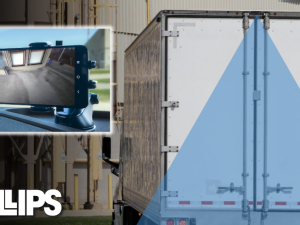NTEA – The Work Truck Association™ released the fourth edition of the U.S. Commercial Vehicle Market Report – Powered by Commercial Truck Trader, NTEA and S&P Global Mobility. This semi-annual industry report, which was launched in 2022, delves into the details, data and trends around the commercial vehicle life cycle — from chassis sales to truck registration to later stages when used vehicles re-enter the sales market.
“The rate of commercial vehicle industry technology advancements is nearly unmatched in history,” said Kevin Koester, NTEA managing director. “As this continued development shifts market dynamics, it’s important to maintain a focus on data. The spring 2024 U.S. Commercial Vehicle Market Report seeks to provide both data and insight into drivers and impacts of these dynamics. NTEA is pleased to share the latest edition of this resource to help the industry move forward.”
“The insights from the 2024 U.S. Commercial Vehicle Market Report will equip dealers with unique data to enhance their business decisions, enabling them to strategize more effectively and make informed choices,” says Charles Bowles, director of OEM & strategic initiatives at Trader Interactive, parent company of Commercial Truck Trader. “Understanding the industry is powerful, which is why we are excited for the continued collaboration with NTEA and S&P Global Mobility on this report.”
“Fueled by a resurgence of rental and leasing industry registrations along with fleets continuing to adopt alternative fuel vehicles, 2023 was a year of positive growth for the commercial vehicle industry,” said Mark Hazel, associate director, commercial vehicle reporting, at S&P Global Mobility. “We look forward to sharing further insights with NTEA and Commercial Truck Trader.”
This fourth edition of the U.S. Commercial Vehicle Market Report leverages multiple complex datasets to provide a landscape of opportunities, trends and challenges in today’s work truck market.
Topics covered include:
· How recent chassis shortages have impacted inventory levels
· Purchasing trends and forecasts by vehicle class
· Fleet reactions to supply shortages and resulting effects on demand
· Proliferation of electric commercial vehicles
· Inventory age trends









